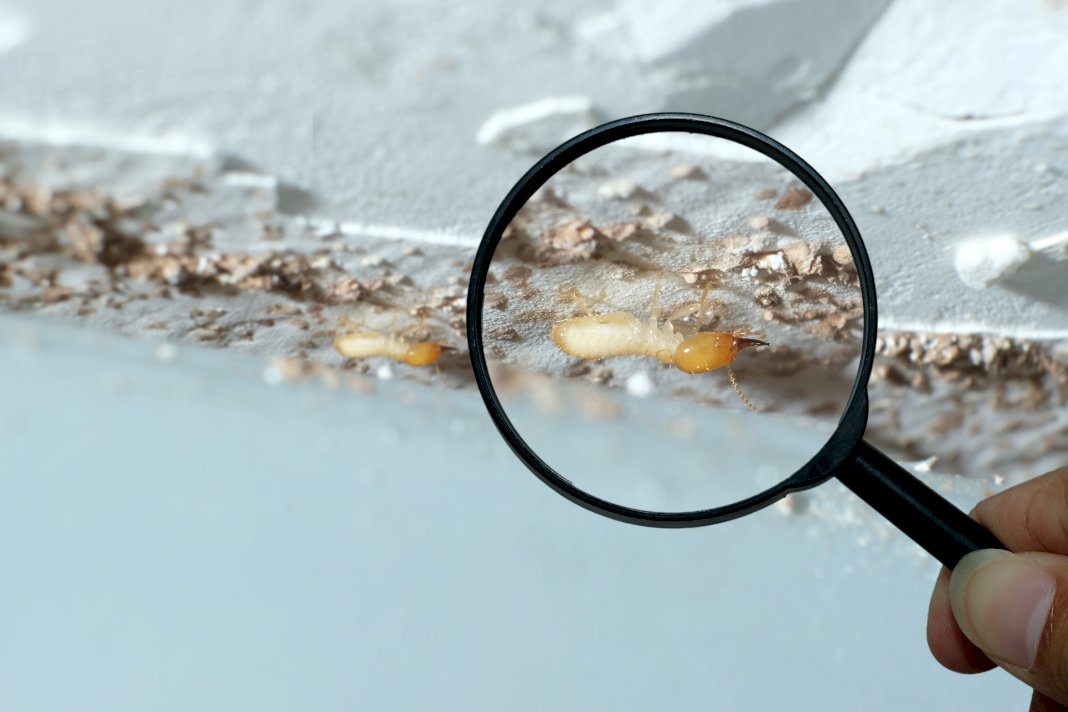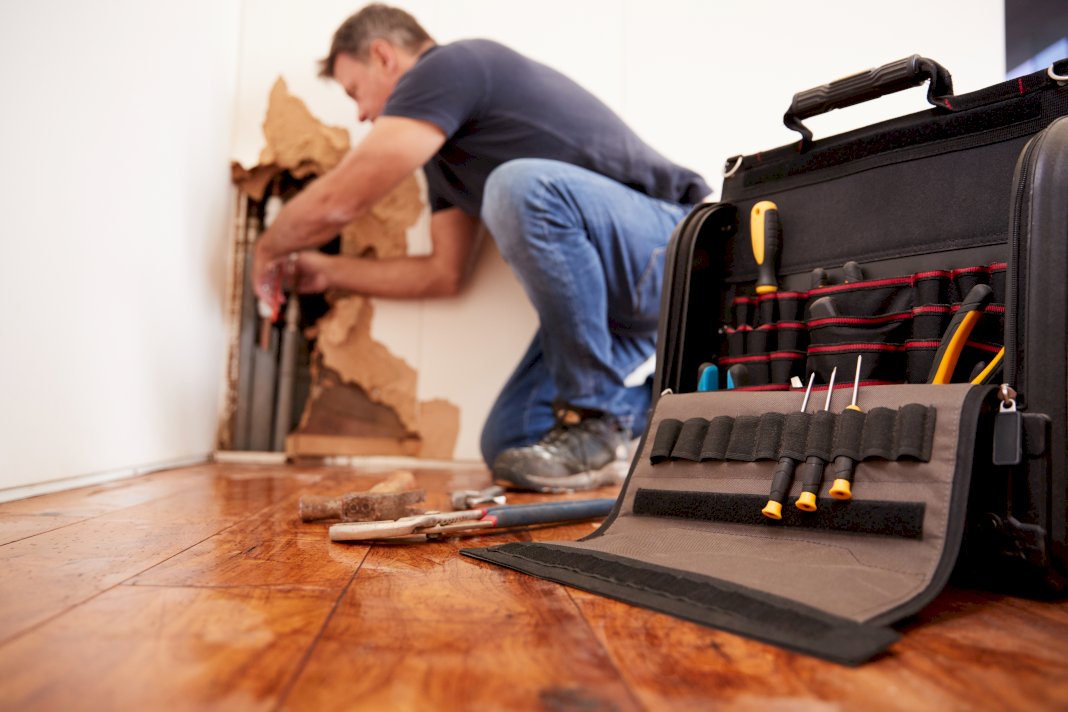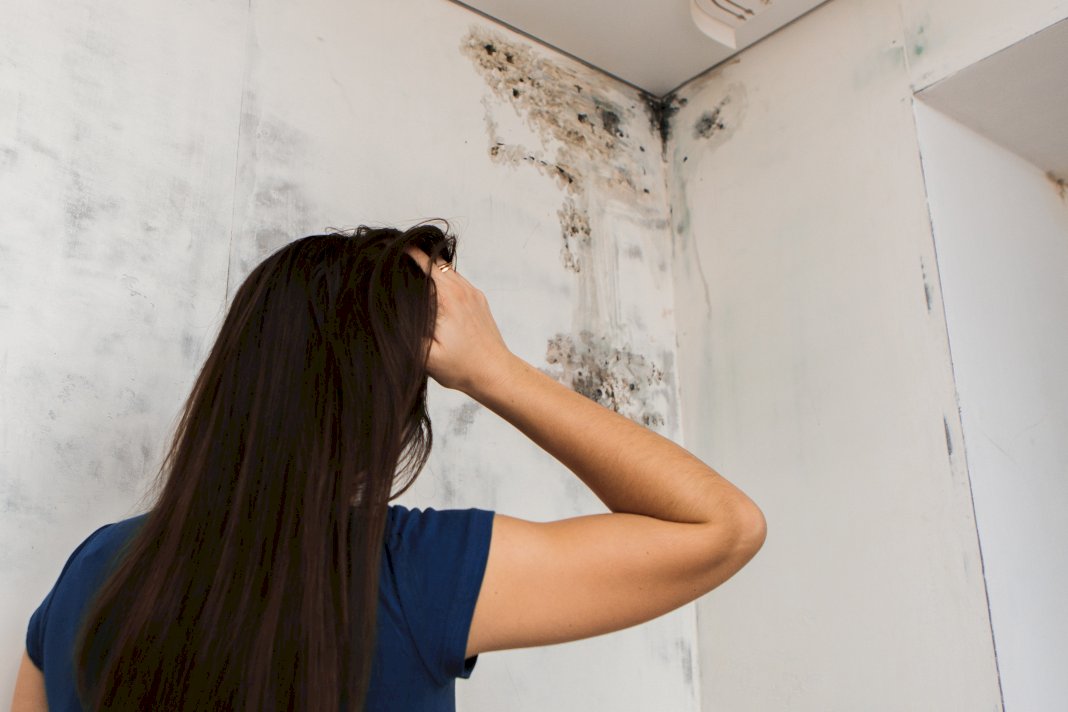Common Factors Leading to Wood Damage in Your Home and Effective Solutions

- Wood damage is a common problem in homes that can be caused by various factors such as water, pests, fungi, and sun exposure.
- Signs of wood damage include cracks, soft or spongy areas, termite tunnels, and fungus.
- Untreated wood damage can lead to safety hazards for your family and decrease the value of your home.
- The top causes of wood damage are water, pests, fungi, and sun exposure.
- To prevent water damage, ensure your home is insulated and waterproofed, repair leaks, and maintain proper ventilation.
If you have wooden elements in your home, it is essential to understand the potential risks of wood damage. Many factors, such as water, pests, or fungus, can cause wood damage. It can not only deteriorate your home’s aesthetic but also risk your family’s safety.
Therefore, it’s necessary to identify the possible causes of wood damage in your home and learn how to prevent and solve them. This blog post will discuss possible causes of wood damage in your home and solutions to protect your wooden structures.
Signs of Wood Damage
As a homeowner, watching for signs of wood damage in and around your property is crucial. The sooner you spot these signals, the easier and less expensive to repair the damage. If you’re unsure what to look for, some examples include cracks or splits in the wood, water stains, soft or spongy areas, and termite tunnels.
A telltale sign of wood rot is the presence of fungus, often indicated by a musty smell or discoloration. In addition to being unsightly, untreated wood damage can compromise the structural integrity of your home, making early detection and repair all the more necessary.
The Impact of Damaged Wood Elements
Apart from the fact that wood damage can be costly to repair, it also puts your family at risk. For example, if water seeps into the wooden structure of your home, it can weaken the foundation and cause structural issues. This could lead to accidents or injuries for you and your loved ones.
The value of your home can also decrease significantly with untreated wood damage. If you plan to sell your property in the future, potential buyers will likely be deterred by visible signs of wood damage. This could ultimately affect the resale value of your home and make it harder to find a buyer.
Top Causes of Wood Damage
There are various reasons why wood damage occurs in homes. The most common culprits are water, pests, and fungi. Let’s look at each of these causes and how they can lead to wood damage.
Water damage

Water can damage wood by swelling, which causes it to crack, warp, or delaminate. Water damage occurs when there is prolonged exposure to excess moisture, such as leaks, condensation, or flooding. Moreover, high humidity in your home can also cause wood damage.
Solutions:
To prevent water damage, ensure your home is insulated and waterproofed. Repair leaks and maintain proper ventilation to control the humidity levels in your home. You can seal your wooden structures with water-resistant coatings to prevent moisture penetration.
Pest damage
Pests such as termites and carpenter ants can feast on your wooden structures, affecting their stability and durability. Pest damage is sometimes hard to detect, as it may feed on the inner layers of the wood, making it sag or warp.
Solutions:
The only way to prevent or solve pest damage is through proactive measures. Regularly inspect your home for any signs of pests. If you see significant signs of pest infestation, seek professional pest control termite treatment to eliminate the problem before it worsens. This is the most effective way to protect your home from pest damage and prevent future infestations.
Fungal damage

Fungi, such as mildew and mold, can form on the surface of your wooden structures, causing discoloration, decay, and foul odor. Fungal damage occurs when there is excess moisture in your home, and the spores find a suitable environment to thrive.
Solutions:
Keep your home clean and dry by regularly cleaning and wiping wooden surfaces to prevent fungal damage. Use fungal-resistant coatings or paints to protect your wooden structures. You can also invest in a dehumidifier to control the moisture levels in your home.
Sun damage
Sunlight can cause your wooden structures to fade and crack, affecting their aesthetic and design. Sun damage occurs when there is long-term exposure to sunlight or UV rays.
Solutions:
Keep your wooden structures out of direct sunlight by using shades or awnings to prevent sun damage. You can also use UV-resistant coatings or paints to protect your wooden systems from sun damage.
In summary, wood damage can cause many structural and safety issues in your home if left untreated. Understanding the possible causes of damage and taking preventive measures can save you time, money, and hassle. By following the solutions discussed above, you can keep your wooden structures in good shape and enjoy their aesthetic and functional benefits for years to come.